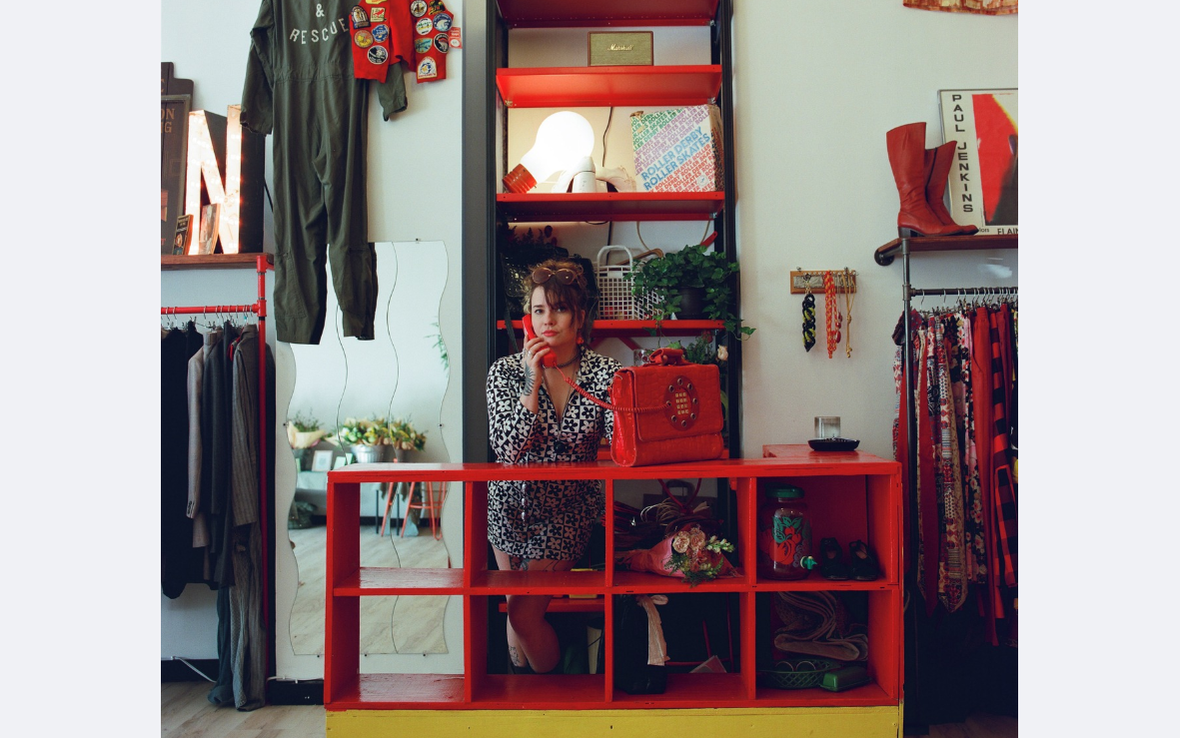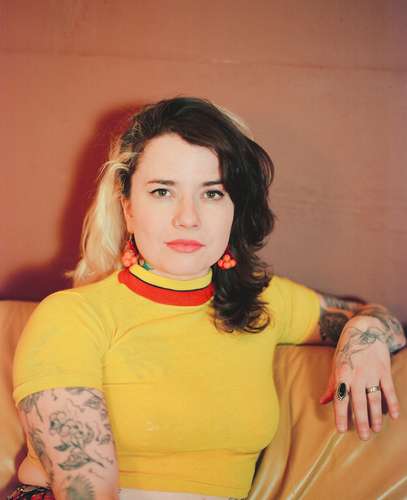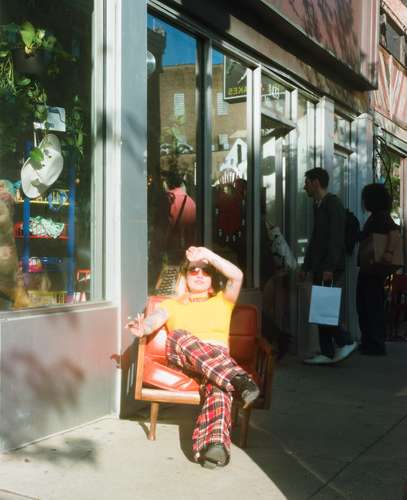The Common Thread with Chicago's vintage style champion Maddie Rogers
Maddie Rogers runs Vintage House Chicago, a vintage store and pop-up in Chicago featuring rotating vendors and venues every month. She is also the person behind the vintage brand @primariesvintage, a one-stop shop for a everything decade- and style-wise.
Q: What inspired you to open a vintage store—and how does that connect to your own values around sustainability and justice?
A: I've been operating under a pop-up model since 2021, so when the opportunity came to open a space that could serve as more of a home for Vintage House, I realized that model fit more in line with the way Vintage House is moving. The space features just my vintage inventory during the week, then rotating vendors every weekend. I think it hits a nice sweet spot as a reliable space for vintage, but also one that is always changing and adapting. While I love doing pop-ups, I think having a central reliable space helps build more of an impact as far as community and sustainability goes.
Q: How do you see your shop as more than a business—maybe even as a form of resistance to fast fashion or overconsumption?
A: I think something difficult I’ve learned in the last few years is overconsumption is possible with vintage in the same way it is with fast fashion. The impact on the environment is obviously less when you overconsume with vintage, but I think seeing how much people still buy without intention with vintage has shifted how I sell it. I told all my employees that their job is not to oversell people; I buy these clothes with intention, and I want them to go to people who are looking to cherish them for the long haul versus make quick decisions that still ultimately put garments in landfills. My goal with the shop is to be excited when people find that perfect piece, but never make someone feel like they have to buy something to feel good.
Q: How do you balance making vintage fashion accessible and affordable while also sustaining your business?
A: I think I have leaned into dipping my pool wide and far versus a specific niche. I think when you carry a little bit of everything (between size, style, era, etc.) it allows you to offer a wide price range that accommodates all budgets.
Q: Do you see your shops as creating space for people to express themselves more freely—especially in contrast to fast fashion trends?
A: Absolutely! A big part of my clientele and friend groups are queer and often trying to reimagine how their clothing can better encapsulate who they are. I think being able to direct someone towards clothing that represents them to their fullest in their current phase of life matters a lot and is really fun work. I think so much of fast fashion is based in what is popular in this exact moment, but vintage asks us to think about our style with more longevity and care.
Q: What’s something about running a vintage shop that people might not realize, especially in terms of labor, care, or ethics?
A: I think accepting that you cannot have it all and will not make everyone happy are tough pills to swallow. Since I've been used to pop-ups, I've never really gotten reviews before. Having negative reviews was something I expected, but it's still difficult when you put a lot of time and love into something only for people to be unhappy all the same. I've been so lucky to hire a team of four amazing folks recently, but the cost to pay people ethically is not low. My priority has always been engaged employees who care and are taken care of versus people who are underpaid and resentful about it. The boost to pay people what they are worth is worth it, but still a difficult cost. I'm thinking about costs in a way I didn't before, hiring people, and didn't before having a physical location. In hiring people, I've gained a lot of my life and time back but have to pay the price for it all the same.
Q: Do you have a favorite piece in your store’s history that tells a story about sustainability or resilience?
A: I bought a pair of 1970s patchwork dreams from a man whose wife had passed away recently from tongue cancer. We spent about three hours walking through his house, talking all about his wife and him and the life they had lived together. She had amazing style, amazing collections of small objects; he really painted this loving and full version of her in her absence. They're pants I won't ever sell because they're covered in these incredibly fun patches and have clearly been so well loved for so long. This is really the heart of why I love this business: the stories and giving clothing and objects another life.




